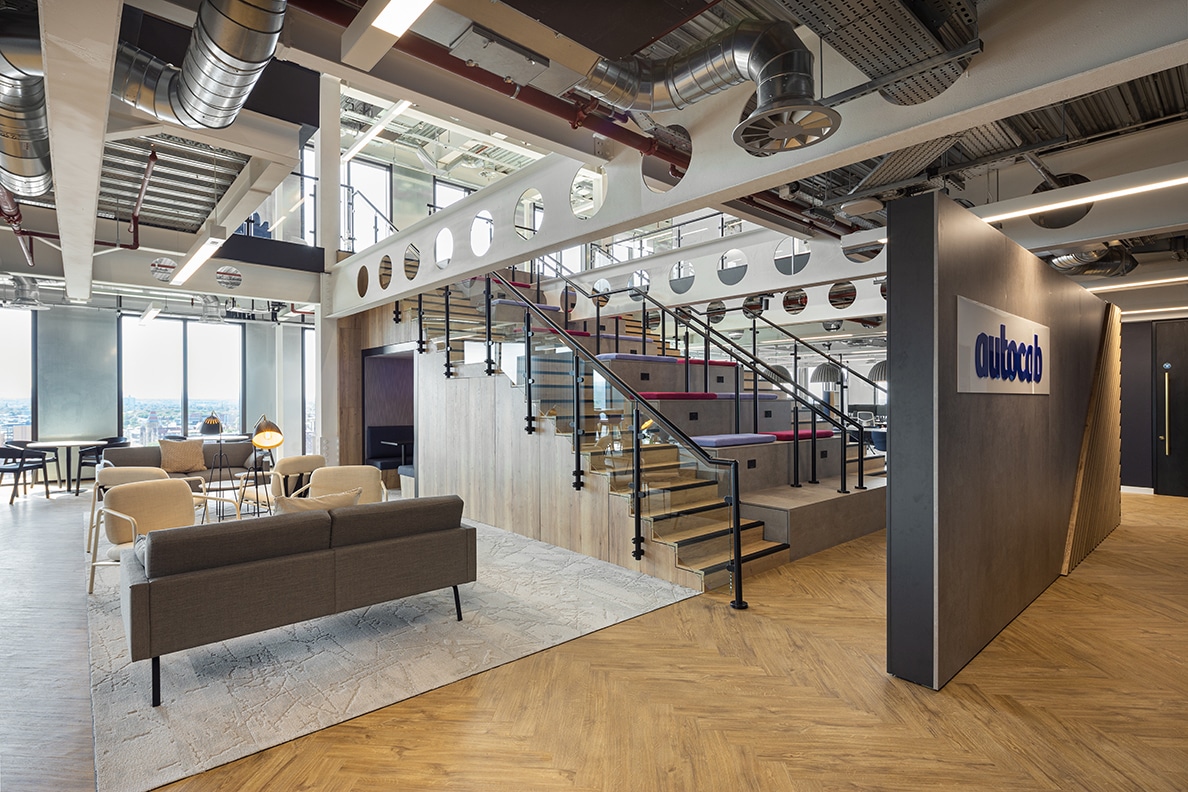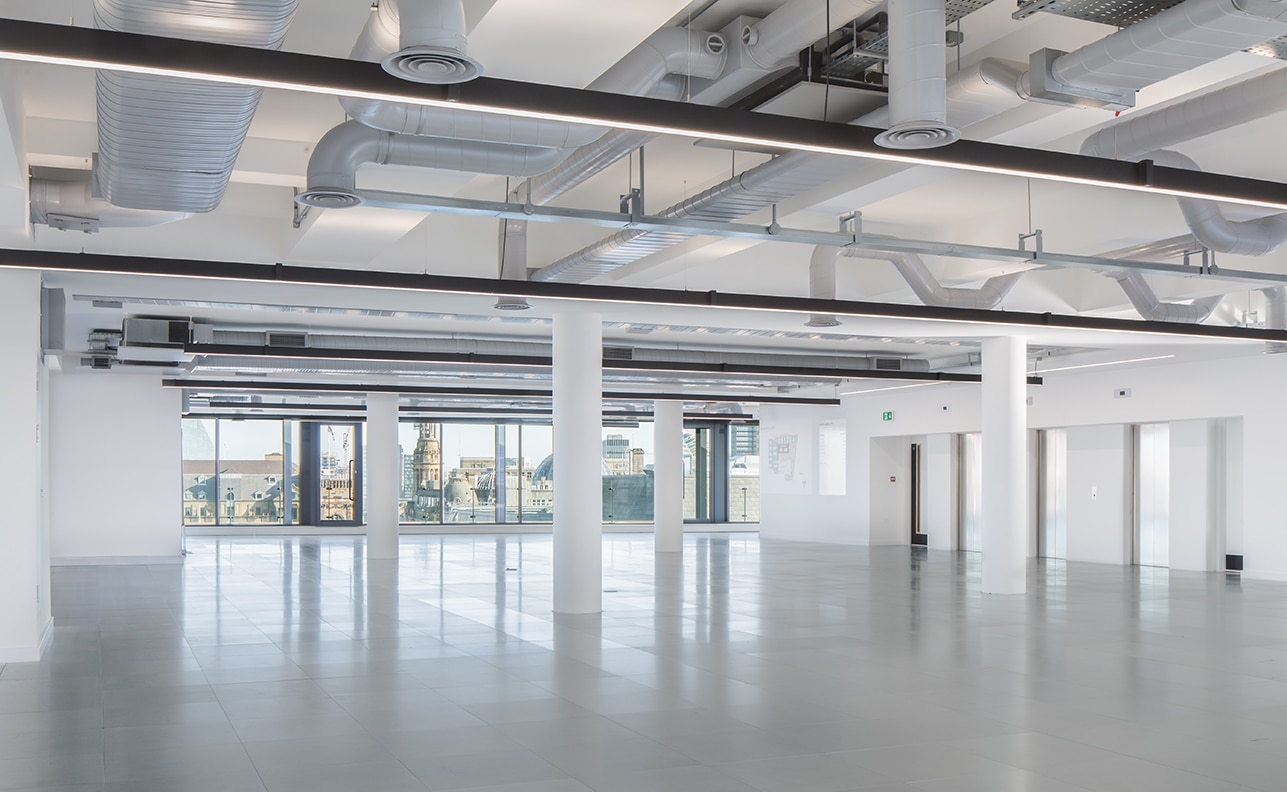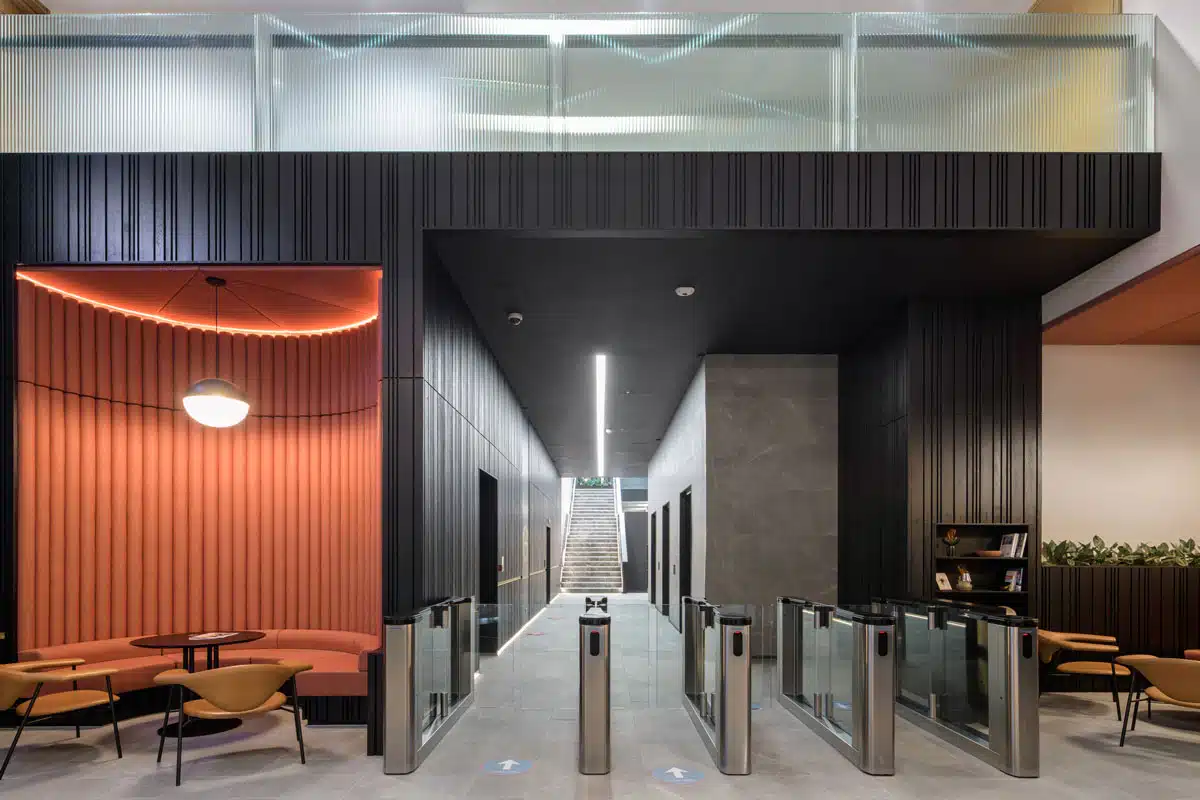When it comes to creating an effective and inspiring workspace, terms like office fit out and refurbishment are often used interchangeably. However, they refer to very different processes, each with its own purpose, timeline, and outcome. Understanding the difference is key when deciding how best to transform your workplace.
Whether you’re moving into a blank canvas or refreshing your existing office, knowing which service is right for your business goals can save time, reduce disruption, and optimise your investment.
What is an Office Fit Out?
An office fit out is the process of transforming an empty or shell space into a fully functional workplace. This is typically required when a business is relocating to a new premises, either a newly constructed development or a space handed over in its most basic form.
Fit outs generally fall into two main categories:
- Category A (CAT A): This is the base level finish provided by landlords. A CAT A fit out usually includes raised floors, suspended ceilings, lighting, air conditioning, and basic electrical and fire safety systems—but not much else. These spaces are not ready for immediate occupation.
- Category B (CAT B): This is where the transformation truly begins. A CAT B fit out involves everything needed to make a space reflect your brand and meet your operational needs. This includes partitioning, furniture, meeting rooms, break-out areas, kitchen facilities, graphics, and more.
Fit outs are comprehensive and often designed from scratch, meaning businesses have full control over the layout, look, and functionality of their new space.
What is an Office Refurbishment?
Unlike a fit out, an office refurbishment focuses on upgrading or reconfiguring an existing space that is already in use. The aim may be to modernise outdated interiors, improve energy efficiency, or adapt to new ways of working, such as hybrid or agile models.
Refurbishments can range from light-touch cosmetic updates—such as new flooring, décor, and lighting—to more extensive structural changes. They’re often carried out in phases to minimise disruption and allow businesses to continue operating during the works.
A refurbishment is ideal when a business wants to stay in its current location but improve functionality, employee experience, or align the space more closely with company values and brand identity.
Fit Out vs Refurbishment: Key Differences
While both services result in a refreshed and functional workspace, the core difference lies in why and when they’re used:
When Should You Choose a Fit Out?
An office fit out is most appropriate if:
- You’re relocating to a new office or building
- The space is in shell condition or CAT A standard
- You want to design your layout and features from the ground up
- You’re scaling up or down and need to tailor the space to your size
Fit outs allow you to create a completely bespoke environment that reflects your culture, enhances productivity, and supports business growth.
When is a Refurbishment the Better Option?
Refurbishment is ideal if:
- You want to improve or modernise your current workspace
- Your lease is being renewed but the space feels outdated
- You’re adopting hybrid working and need more flexible areas
- You want to refresh branding, boost morale, or improve energy efficiency
In many cases, refurbishments are more cost-effective and less time-consuming than relocating—especially if your current location still meets most of your operational needs.
Other Factors to Consider
Budget: Fit outs often involve higher upfront investment, especially when dealing with shell and core spaces. Refurbishments can be more economical, though costs vary depending on scope.
Sustainability: Both fit outs and refurbishments offer opportunities to improve sustainability. Upgrading HVAC systems, introducing LED lighting, using recycled materials, and selecting energy-efficient layouts can all support your ESG goals.
Disruption: One key advantage of fit outs is that they’re typically completed before staff move in, reducing disruption. Refurbishments, on the other hand, need careful planning to keep teams productive while works are underway.
Brand and Culture: Whether it’s a fit out or a refurbishment, your workplace should reflect your identity and values. From layout and lighting to finishes and furniture, every element plays a role in how staff and visitors experience your business.
Conclusion
Choosing between an office fit out vs a refurbishment comes down to your current situation and future ambitions. Are you starting from scratch in a new space? Or are you looking to breathe new life into your existing environment?
At ADT Workplace, we deliver both fit outs and refurbishments tailored to your business goals. Whether you’re relocating, scaling up, or evolving your workplace strategy, our team is here to guide you through every step—from concept to completion.








